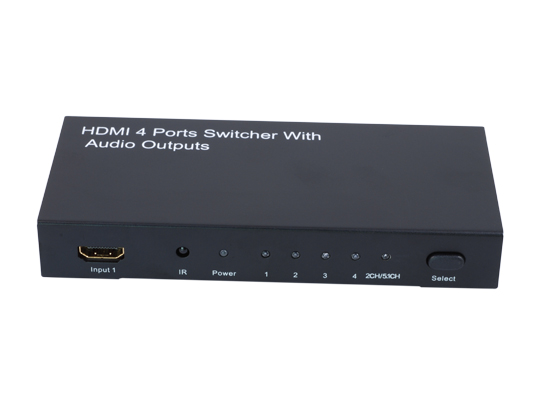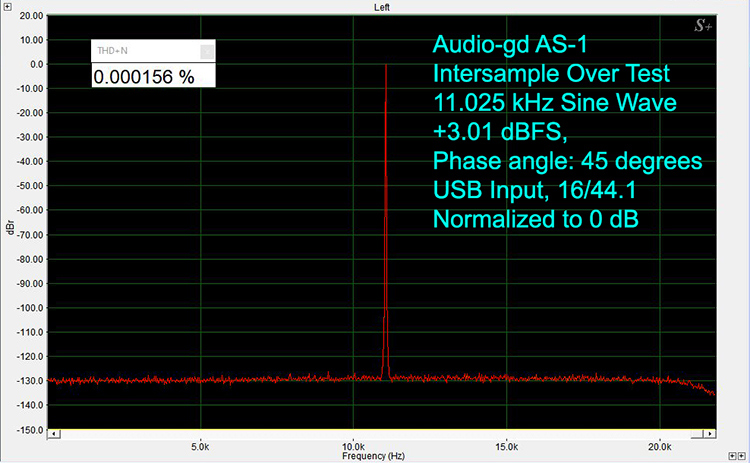

These are readily available commercially, or alternatively are one of the easier projects for the amateur electronics constructor.ĪKG C1000S, uses phantom power or a battery To use equipment requiring it with these amplifiers, a separate power supply must be inserted into the line. Instrument amplifiers rarely provide phantom power. Phantom powering can cause equipment malfunction or even damage if used with cables or adapters that connect one side of the input to ground, or if certain equipment other than microphones is connected to it. Phantom power can be blocked in any channel with a 1:1 isolation transformer or blocking capacitors. Nearly all modern mixing consoles have a switch for turning phantom power on or off in most high-end equipment this can be done individually by channel, while on smaller mixers a single master switch may control power delivery to all channels. The 24-volt version of phantom powering, proposed quite a few years after the 12 and 48 V versions, was also included in the DIN standard and is in the IEC standard, but it was never widely adopted by equipment manufacturers. The 6.81 kΩ value is not critical, but the resistors must be matched to within 0.1% or better to maintain good common-mode rejection in the circuit.

The signal conductors are positive, both fed through resistors of equal value (6.81 kΩ for 48 V, 1.2 kΩ for 24 V, and 680 Ω for 12 V), and the shield is ground. The IEC 61938 Standard defines 48-volt, 24-volt, and 12-volt phantom powering. Connecting a conventional microphone to an input that had parallel powering enabled could very well damage the microphone. This is in marked contrast to another, slightly earlier method of powering known as "parallel powering" or "T-powering" (from the German term Tonaderspeisung), in which DC was overlaid directly onto the signal in differential mode. A balanced signal consists only of the differences in voltage between two signal lines phantom powering places the same DC voltage on both signal lines of a balanced connection. With phantom power, the supply voltage is effectively invisible to balanced microphones that do not use it, which includes most dynamic microphones. This is in contrast to microphones with vacuum-tube circuitry, most of which require special, multi-conductor cables. When phantom powering was introduced, one of its advantages was that the same type of balanced, shielded microphone cable that studios were already using for dynamic microphones could be used for condenser microphones. The supply voltage is referenced to the ground pin of the connector (pin 1 of an XLR), which normally is connected to the cable shield or a ground wire in the cable or both. Phantom powering consists of a phantom circuit where direct current is applied equally through the two signal lines of a balanced audio connector (in modern equipment, both pins 2 and 3 of an XLR connector). Although 12 and 48-volt systems are still in use, the standard recommends 24-volt supply for new systems. Most microphones now use the P48 standard (maximum available power is 240 mW). In addition, two additional variants (P12L and SP48) are mentioned for specialized applications. Three variants are defined by the document: P12, P24 and P48. The International Electrotechnical Commission Standards Committee's "Multimedia systems – Guide to the recommended characteristics of analogue interfaces to achieve interoperability" (IEC 61938:2018) specifies parameters for microphone phantom power delivery. This arrangement was later standardized in DIN 45596.

Since NRK already had 48-volt power available in their studios for their emergency lighting systems, this voltage was used for powering the new microphones (model KM 84), and is the origin of 48-volt phantom power. Norwegian Radio had requested phantom-powered operation. In 1966, Neumann GmbH presented a new type of transistorized microphone to the Norwegian Broadcasting Corporation, NRK.
#Audio overload on receive coax series#
Microphone preamplifiers of the Nagra IV-series tape recorders offered this type of powering as an option for many years and Schoeps continued to support "negative phantom" until the CMT series was discontinued in the mid-1970s, but it is obsolete now. The first known commercially available phantom-powered microphone was the Schoeps model CMT 20, which came out in 1964, built to the specifications of French radio with 9–12 volt DC phantom power the positive pole of this powering was grounded. One such application in the telephone system was to provide a DC signaling path around transformer-connected amplifiers such as analogue line transmission systems.

Phantom powering was first used (and still is used) in copper wire based landline telephone systems since the introduction of the rotary-dial telephone in 1919.


 0 kommentar(er)
0 kommentar(er)
